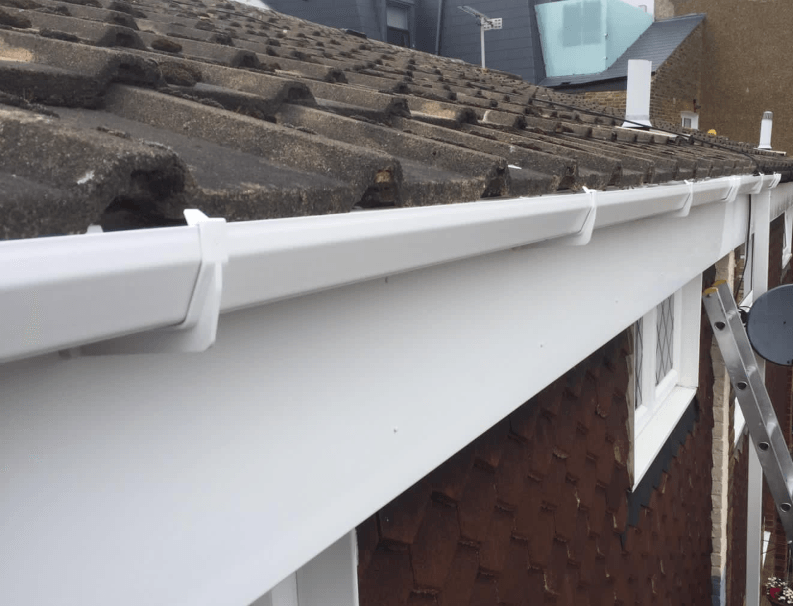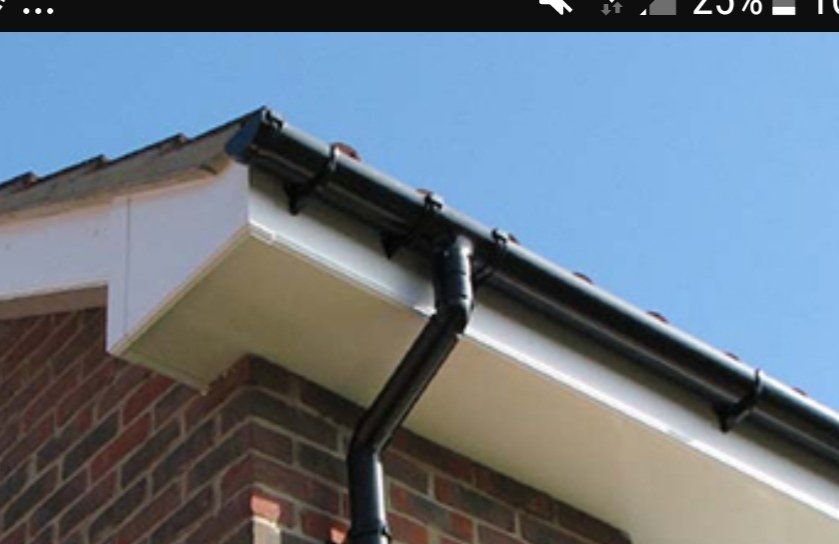Unveiling Nottingham's Top 5 Roofing Issues and How to Tackle Them
Introduction
JTB Roofers Nottingham highlight that living in Nottingham comes with its own charm, but it also brings unique challenges, especially when it comes to maintaining your home's roof. Whether you reside in the historic Lace Market or the bustling neighborhoods of West Bridgford, understanding and addressing common roofing issues is essential for preserving your home's integrity. In this article, our roofers in Notitngham will explore the top five roofing problems faced by Nottingham homeowners and provide practical solutions to mitigate them.
Leaky Roofs:
Nottingham's climate, characterized by frequent rainfall throughout the year, can lead to leaky roofs if not properly maintained. The combination of moisture and aging roofing materials often results in leaks, causing damage to your property's interior and compromising its structural integrity.
Solution:
Regular professional roof inspections are crucial in identifying and addressing potential leaks promptly. Hire a professional roofing contractor in Nottingham to inspect your roof at least once a year, especially before the rainy season begins. Promptly repair any damaged or missing roof tiles, seal flashing around chimneys and vents, and ensure proper drainage to prevent water buildup on your roof.
Damaged Flashing:
Flashing, the thin metal strips installed around roof protrusions such as chimneys, skylights, and vents, plays a vital role in preventing water infiltration. However, over time, flashing can deteriorate due to exposure to the elements, leading to water seepage and subsequent leaks.
Solution:
Inspect the flashing on your roof regularly, paying close attention to areas where it meets other surfaces. Have a professional roofing company replace any damaged or corroded flashing promptly to maintain a watertight seal. Consider upgrading to more durable materials such as galvanised steel or aluminum for enhanced longevity.
Blocked Gutters and Downspouts:
Fallen leaves, twigs, and debris can accumulate in gutters and downspouts, obstructing the flow of rainwater away from your roof and causing water to pool or overflow onto your property's exterior walls.
Solution:
Have your gutters and downspouts professionally cleaned at least twice a year, preferably in spring and autumn, to remove debris and prevent clogs. Install gutter guards to minimise the buildup of leaves and other debris, allowing rainwater to flow freely. Additionally, ensure that downspouts extend at least five feet away from your home's foundation to prevent water damage.
Roof Ventilation Issues:
Proper ventilation is essential for regulating temperature and moisture levels in your attic space. Inadequate ventilation can lead to moisture buildup, which can cause mold growth, wood rot, and premature deterioration of roofing materials.
Solution:
Check your attic regularly for signs of poor ventilation, such as mold growth, musty odors, or excessive heat buildup. Install ridge vents, soffit vents, or attic fans to promote air circulation and prevent moisture buildup. Consult with a professional roofer in Nottingham to determine the most effective ventilation solution for your home.
Roofing Material Deterioration:
- Over time, roofing materials such as roof tiles, or slate can deteriorate due to exposure to sunlight, temperature fluctuations, and inclement weather conditions.
Solution:
Regularly inspect your roof for signs of wear and tear, including cracked, curled, or missing tiles and slates, and replace them as needed. Consider investing in high-quality roofing materials that are designed to withstand Nottingham's climate for enhanced durability and longevity. Additionally, schedule periodic roof maintenance and repairs to address any issues before they escalate.
Conclusion:
By staying vigilant and addressing common roofing issues proactively, Nottingham homeowners can protect their properties from costly damage and ensure the longevity of their roofs. Remember to enlist the help of professional roofing contractors in Nottingham for thorough inspections, repairs, and maintenance to keep your roof in optimal condition for years to come.
Contact JTB Roofers Nottingham today for professional guidance and your free competitive quote.
You might also like



